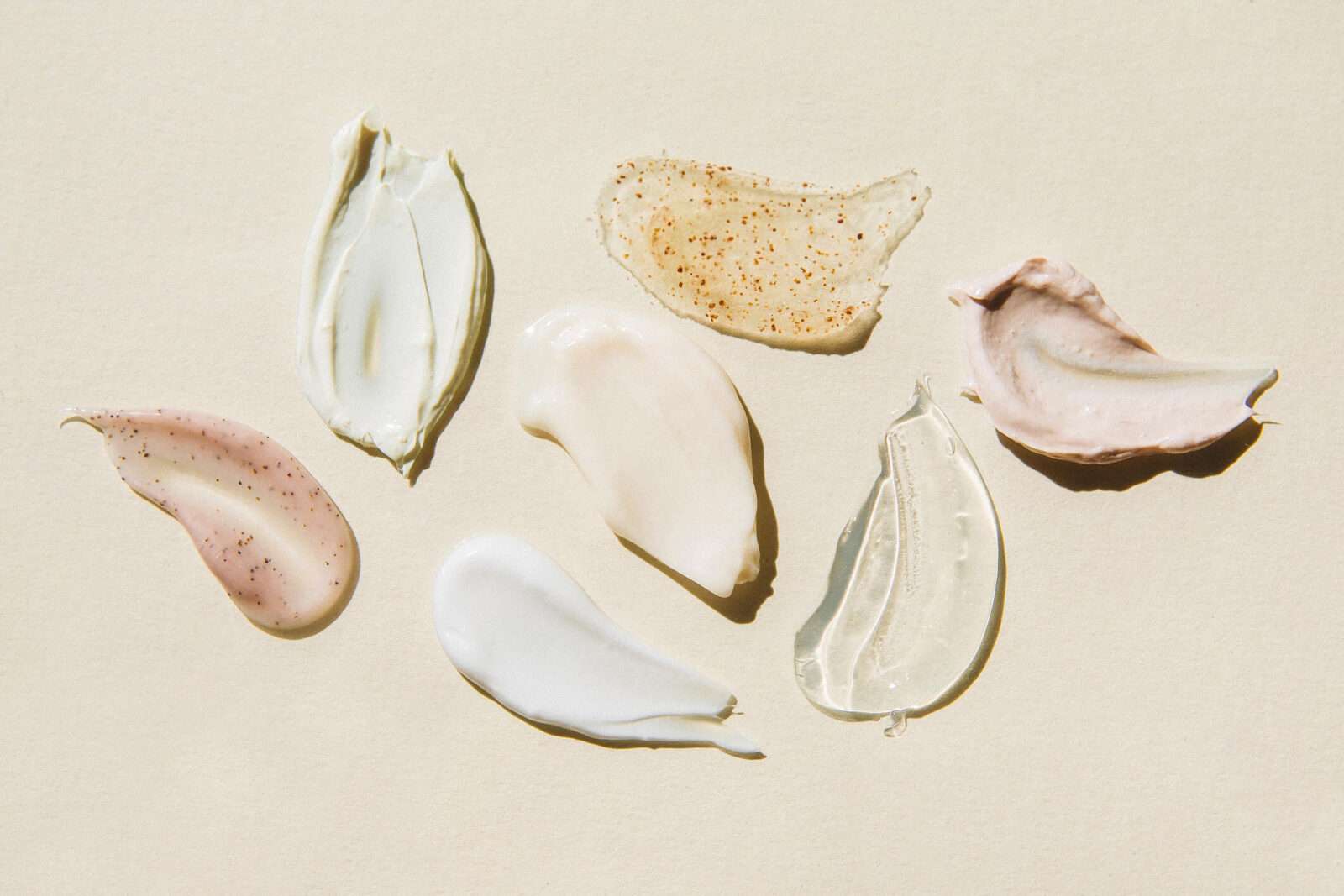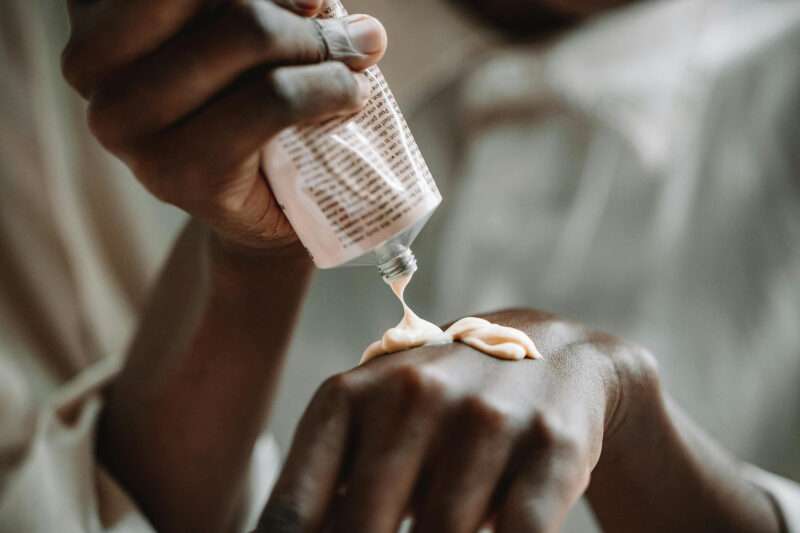
The Sweet (and Sometimes Bitter) Truth About Do-It-Yourself Skincare
“If you wouldn’t put it in your mouth, you shouldn’t put it on your skin.” Many of us have heard a version of this phrase—especially with the rise of health consciousness and environmental awareness. Another popular saying, often echoed by nature enthusiasts, is: “If you can’t pronounce it, then it shouldn’t be on your ingredients list.” But does this mean wordsmiths and science lovers get a broader product range, or should we be drawing a different line altogether?
While these phrases may offer a decent starting point, they should be taken with a grain of salt (pun intended). Because sometimes, the food in your kitchen belongs far from your face.
READ THIS Before You Blend That Face Masque:
Natural doesn’t always mean safe. As a plant-based lifestyle advocate for over half my life, I once fully believed that “natural” was synonymous with “good.” But experience has taught me otherwise. The skin is the body’s largest organ—complex, intelligent, and semi-permeable. It selectively allows beneficial substances in while shielding us from toxins. (Source: American Academy of Dermatology)

Skin as Your Gatekeeper: What It Welcomes In and What It Shuts Out
Think of your skin as the ultimate club bouncer—letting in only the most polished, well-dressed, and reputable guests to protect your glow game.

The Skin Barrier Welcomes:
- Moisture: Your body is nearly 80% water—no wonder your skin craves hydration.
- Certain Active Ingredients: Some compounds like Vitamin C and retinol (a form of Vitamin A) can pass through.
- Lipid-Soluble Molecules: Fats with small enough molecules can penetrate the barrier. (Hint: Your pores aren’t the main entry point—molecule size matters.)
The Skin Barrier Blocks:
- Excessive Water Loss: A little sweat never hurts, but too much moisture loss is blocked.
- Harmful Viruses and Bacteria: Your skin is your first line of immune defense.
- Environmental Pollutants: It works nonstop to guard you from dust, toxins, and irritants.
Okay, Science Class Dismissed—Now What Does All This Mean for Our Glow Game?
As mentioned earlier, not everything healthy for your insides should be applied to your outsides. Just because something is good for your salad doesn’t mean it belongs in your serum. Most kitchen ingredients are not in a form that your skin can absorb.
Those trendy products using “superfood” ingredients like kale or banana are formulated with precision—extracting, purifying, and shrinking active compounds to allow proper absorption. So no, smearing raw spinach on your face isn’t doing much beyond feeding your sink drain (and wasting money).

Worse yet, some DIY treatments can be harmful:
- Baking Soda: Common in homemade deodorants but too alkaline for skin—causes irritation (Healthline).
- Lemons & Citrus Fruits: Highly acidic with minimal Vitamin C—can cause burns or inflammation (Cleveland Clinic).
- Walnut Powder, Coffee Grounds, Pumice: Often used for scrubs, but far too abrasive for facial skin. Use them below the neck.
The Glow-Down
Many natural oils and “moisturizing” agents actually seal the skin without hydrating it. Would you drink a glass of olive oil to quench your thirst? Exactly.
Anything water-based is also a breeding ground for bacteria unless preserved correctly. Unfortunately, the word “preservative” has become a villain in the clean beauty world—but it shouldn’t be. If you’re DIY-ing your skincare, consider safe and effective preservatives (EWG Guide to Preservatives) to extend your product’s shelf life without risking infection or irritation.
Conclusion
DIY skincare might sound empowering, even glamorous—but your skin’s barrier knows better. Skincare isn’t about what’s trending, what sounds holistic, or what’s edible. It’s about what actually works, backed by science and respect for your body’s natural defenses.
So go ahead—show your skin some real love. Respect the barrier. Feed it right. And leave the guac for your chips.










